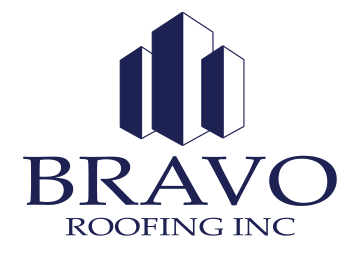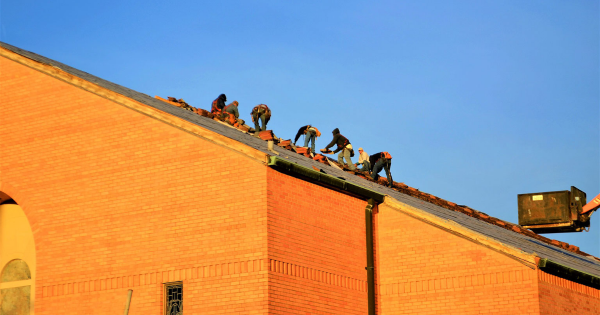There is a reason why the demand for roofing in the United States is expected to grow exponentially in the coming years. In fact, it’s predicted to grow at a compound annual growth rate of 4.9%, hitting $19.9 billion in 2021. Commercial building is expanding rapidly, as the need for office spaces and industrial spaces expands. The more commercial buildings exist, the more there will also be a demand for commercial roofing specialists.
Why? Simply because these roofs can take a beating over the years. There is a great deal of damage to which roofs can fall victim. What’s more, a roof can look perfectly fine without anyone realizing that something has happened to it or that it’s in need of repairs. This is why it’s important that a roof maintenance program is put in place by professional roof repair experts. But if preventative maintenance hasn’t been performed and a roof is already damaged, you may need to consider replacing a roof outright and starting fresh. Let’s explore some of the signs that your commercial roof needs to be replaced.
1. Moss And Plant Growth
When commercial roofing specialists inspect roofs for signs of damage, one of the biggest signs is plant growth — such as fungi and mold growth. This will usually come in the form of moss peeking through shingles, though darker types of mold can be found as well. This often means that there is trapped moisture underneath, which can ruin a roof and cause other structural damage. Usually, a commercial roofing specialist will use a stiff brush to remove the fungi or plants to reveal what is underneath. At times, these types of growth can be surface level, but they must be carefully inspected.
2. Sagging
A sagging roof must be inspected immediately. One of the biggest issues that a sagging roof indicates is rot. Roofs, which are often structurally based on wood beams, can begin to rot over the years and will slowly begin to sag as a result. You may not notice the sagging immediately, but once it becomes apparent, a commercial roofing specialist will likely need to inspect the roof both externally and internally. The lowest points of the roof will likely be the points most affected by rot.
3. Shingle Irregularities
Irregularities with shingles can be indicative of the need for roof replacement. You may not immediately recognize the seriousness of these irregularities, but commercial roofing specialists can determine what is minor damage and what must be addressed immediately. Shingles should lie flat against a roof. Issues like cracks, buckling, or other types of damage should be repaired — and if they’ve occurred on a broader scale, this could mean that a replacement is in order. Furthermore, gutters and downspouts should be checked, as they can collect shingle granules. If gutters and downspouts are full of granules, this could be indicative of the fact that the roof needs to be replaced.
4. Age
A roof does need to be replaced on a preventative level once it’s reached a certain age. No matter how well you maintain your roof, it can’t last forever. You should check up on the documentation verifying your roof’s age before making a final decision. However, a typical asphalt shingle roof will usually last between 20 and 25 years. If a roof has been installed over an existing layer of shingles, it needs to be replaced after 20 years.
5. Attic Problems
If a commercial roof has been installed over an attic or crawlspace that is used for storage, the attic should be inspected for damage or irregularities. Signs that a roof has been damaged can appear within the attic, often in the form of light streaming through the roof or stains and dark streaks. While some commercial buildings don’t have formal attics, it’s important to inspect the areas closest to the roof to ensure there are no hidden problems.
Clearly, some of the issues that can indicate that a roof has reached the end of its life are less obvious than others. A leaky roof often isn’t the first sign that a roof needs to be replaced and some of these problems can be caught through regular inspections. The more regularly a roof is inspected and maintained, the less likely it is that it will need to be replaced prematurely.

